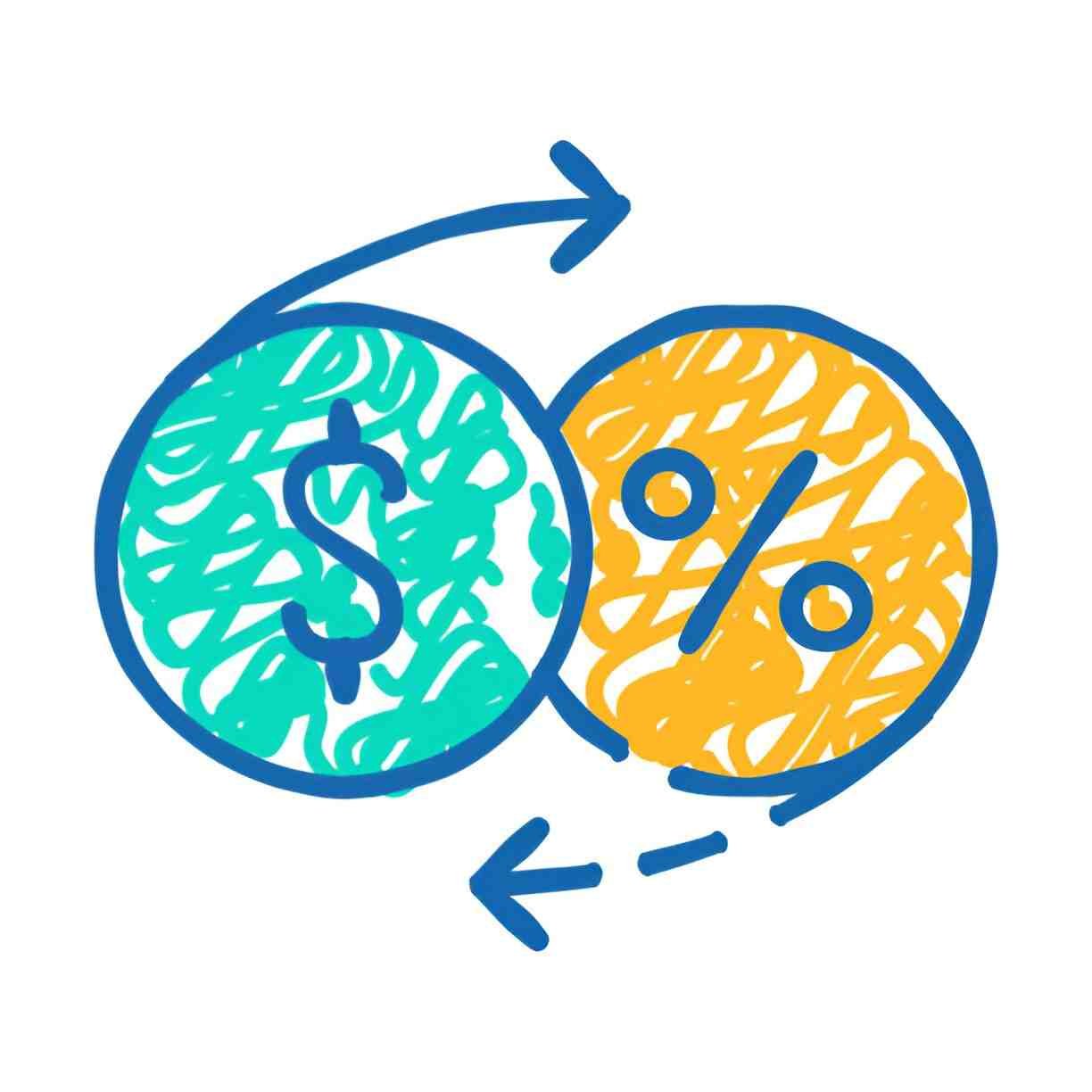What Is a Loanback?
A loanback is when a person lends money to a company or entity they own or control, rather than borrowing from a third-party lender like a bank. From my experience in financial planning, I’ve found that this arrangement can offer more control over interest, repayment terms, and taxes. In the United States, loanbacks are often used in family-owned businesses, retirement planning, and even in certain real estate transactions.
Table of Contents
Why Do People Use Loanbacks?
People use loanbacks primarily to manage cash flow, retain interest income, or take advantage of tax efficiencies. For example, if I own a small business and have $100,000 in my personal savings, instead of taking a commercial loan at 8%, I can lend that money to my business and set the interest at 6%. I reduce my business cost of borrowing and earn 6% on my own money.
Common Loanback Structures
1. Owner-to-Business
The most common structure is where an individual lends money to their own business. This is usually documented through a promissory note with clear terms.
2. Business-to-Owner
Sometimes, a business may lend money to the owner. This must be treated carefully for tax compliance, as the IRS scrutinizes such transactions for disguised dividends.
3. Self-Directed IRA Loanback
This involves using a self-directed IRA to fund a business or real estate investment, although this structure is subject to strict IRS rules on prohibited transactions.
Legal Considerations
A loanback must be formalized. This means:
- Written promissory note
- Fixed repayment terms
- Market-rate interest
- Regular payments
If the IRS determines the loan is a disguised contribution or distribution, tax penalties may apply. For instance, an unpaid loan from a C-corporation to its owner could be reclassified as a dividend, which is taxable.
Tax Implications
When structured correctly, the lender reports the interest as income, and the borrower deducts the interest as a business expense.
Example: If I lend $50,000 to my business at 6% interest,
Interest = Principal \times Rate = 50000 \times 0.06 = 3000So, I earn $3,000 in interest income. My business deducts $3,000 as an expense. This creates a tax-efficient loop.
Pros and Cons of Loanbacks
| Pros | Cons |
|---|---|
| Lower interest rates | IRS scrutiny and potential reclassification |
| Flexible repayment terms | Must maintain formalities |
| Internal control over debt terms | Risk of audit |
| Interest stays within the entity | Not suitable for all business types |
Loanback vs Bank Loan
| Criteria | Loanback | Bank Loan |
|---|---|---|
| Interest Rate | Negotiable | Fixed or variable |
| Paperwork | Minimal (but must be formal) | Extensive |
| Approval Time | Immediate | Days to weeks |
| Credit Check | Not required | Required |
| Collateral | Optional | Usually required |
| Tax Deductibility | Yes (if business use) | Yes (if business use) |
Risks of Misuse
The biggest risk is the IRS reclassifying the loan. If I lend to my business without a repayment schedule or charge no interest, the IRS may treat it as equity or a gift. That changes the tax treatment.
Also, the IRS has rules for related-party transactions. Under Internal Revenue Code Section 482, all related-party dealings must be at arm’s length.
Example Calculation
Let’s say I want to fund my LLC with $80,000 for working capital. I lend the money at 5% interest for 3 years with monthly payments. We calculate the monthly payment using the amortization formula:
A = \frac{P \times r \times (1 + r)^n}{(1 + r)^n - 1}Where:
- A is the monthly payment
- P = 80000 (principal)
n = 36 months
A = \frac{80000 \times 0.004167 \times (1 + 0.004167)^{36}}{(1 + 0.004167)^{36} - 1} = 2399.10So, my business pays me $2,399.10 each month. Over three years, I receive:
2399.10 \times 36 = 86367.60That includes $6,367.60 in interest income.
When Loanbacks Make Sense
- You have excess personal funds and own a capital-starved business
- You want to avoid bank financing
- You can maintain proper documentation
- Your tax situation benefits from interest income and deductions
When to Avoid Loanbacks
- You can’t enforce repayment
- Your business is at high risk of default
- You’re unsure about proper documentation
- You’re under IRS audit or scrutiny
Conclusion
In my experience, loanbacks are a strategic financial tool. When handled properly, they can improve liquidity, reduce financing costs, and retain wealth within a business structure. But they’re not casual. If you’re going to lend money to your own company, you must treat it with the same seriousness as you would a third-party loan. That means documents, interest, payments, and respect for the law.





